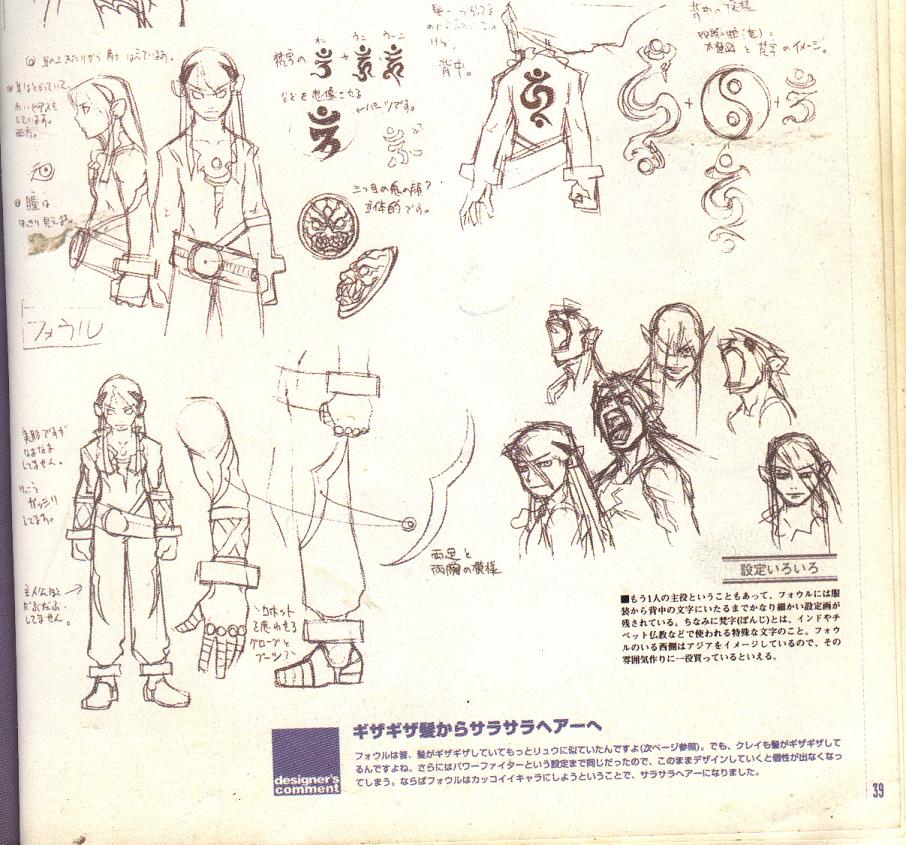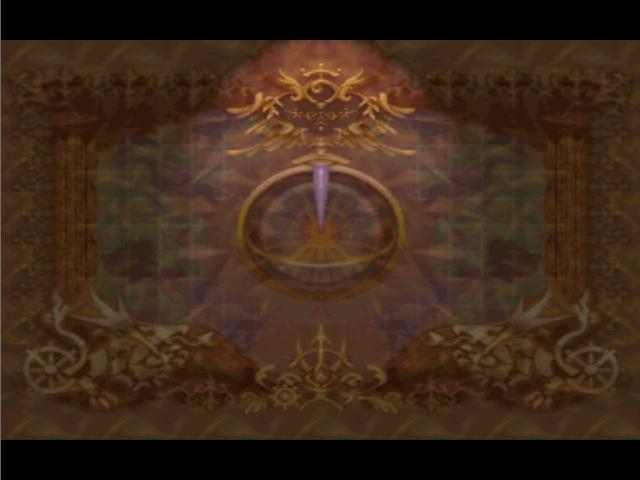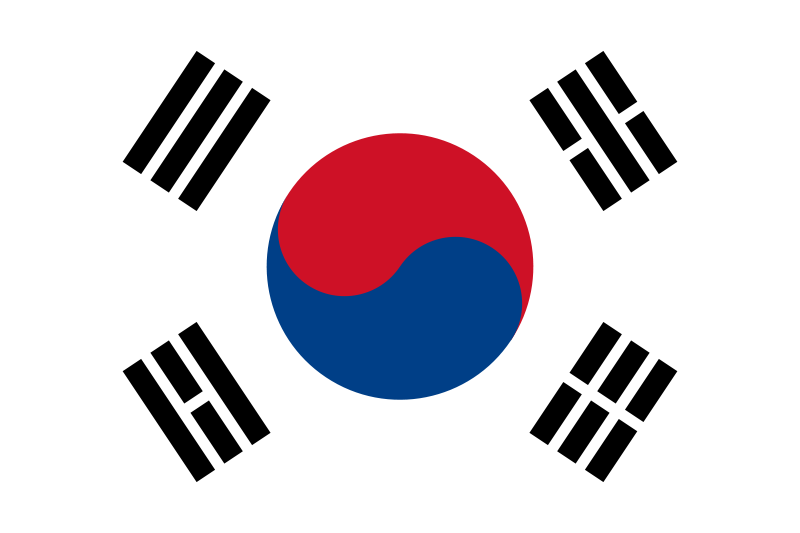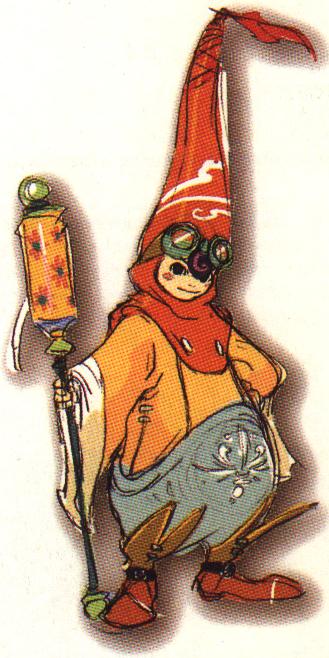Part 29: Fucking Buddhists, How Do They Work?: A Look Into The Metric Ton Of Symbolism In Breath Of Fire IV
Fucking Buddhists, How Do They Work?: A Look Into The Metric Ton Of Symbolism In Breath Of Fire IVBefore I begin, I want to say that a ton of this is inspired and derived from the information I stumbled upon posted by one "windigofer" on the dragon-tear.net forums while looking up information about the game, with some extra stuff filled in the blanks by my own extrapolations. If you ever come across this, Mr/Mrs windigofer, let it be known you are crazy awesome for opening my eyes to all of this and feel free to hop in on this discussion if you have/get a SomethingAwful account.
Another disclaimer: I am not a Buddhist, Taoist, Shintoist, Korean shaman, or any other religion this stuff gets its inspiration from, so if I bungle any information I present blame it on the fact that

Fou-Lu's outfit alone is stuffed full of more symbolism and meaningful imagery than a David Lynch movie. Well, maybe not that much, but it's still a lot. The scowling belt buckle and lightning bolts on his arms and legs are references to the Bodhisattva Vajrapani, the manifestation of the power of the Buddha. The symbol on his chest is a Siddham script version of Aum/Om, that thing you always hear stereotypical Buddhist monks chanting in pretty much everything. It's a sacred syllable that represents God or divinity, and is comprised of A, U, and M (sometimes Un), phonemes representing Birth, Life, and Death. The back symbol, as you can see, was made by combining the Bangla script version of Aum with a yin-yang Taijitu and two dragons.
Fou-Lu's name and his guardians continue this. Apparently, Fou-Lu can translate to Guardian Tiger in some dialects of Chinese, and tigers are often seen as guardian beasts for Buddhist temples. We've already seen Won-Qu, his loyal Foo Lion. It's not too much of a spoiler to say he's got another one we have yet to meet, A-Tur. Traditionally, the two guardian lions are male and female, are paired with one snarling and one with an closed mouth. One is letting out/breathing in the A, and the other is humming out the Un.
A, Un. A-Tur, Won-Qu. Life and death. Won-Qu is present at the tomb of his master to oversee his rebirth, while A-Tur will appear at a place of life and a time of death. WHEELS WITHIN WHEELS!
Speaking of wheels, that's part of the symbolism here too. Oh, you don't believe me?

This is the art behind the menu screens. Take a close look at it. See those ship wheel looking things? Possible references to The Dharma Wheel, a symbol of The Noble Eightfold Path to Enlightenment the Buddha taught. I'm not kidding, this game is dense with symbolism.
Let's segue to Ryu, shall we? There is a BOATLOAD of A-Un/Yin-Yang/Light-Dark/Red Oni-Blue Oni/Whatever symbolism between Ryu and Fou-Lu. Let's list some off!
-Ryu was discovered in the broiling heat of the arid desert at high noon in the East. The traditional guardian animal of the East is Seiryu, a blue dragon. He represents Yang/A/Light/the Red Oni (his hybrid is even red!).
-Fou-Lu awakened in the dead of night in the lush, damp forest of the West. Guardian animal of the west? Byakko the WHITE-HAIRED TIGER. Double bonus points for the tiger motif as Vajrapani, already referenced by Fou-Lu's attire also has a loincloth made of a tiger. He represents Yin/Un/Dark/the Blue Oni (his hybrid is even blue!).
-Ryu's personality in the manga is fleshed out further to make this symbolism even more blatant. He's a bit of a moron, very hot-blooded and brash, but capable of being sensitive and deeply emotional. If you threaten his friends, your ass is grass.
-Fou-Lu, meanwhile, is cold, more detached, intellectual, ruthless, and doesn't quite understand people. As the story progresses, both Ryu and Fou-Lu start demonstrating traits, both good and bad, of the other, representing their slow re-acquaintance of balance.
Ryu and Fou-Lu together represent the Yorae Dragon. The Yorae Dragon's concept, and even its name, are a giant flashing SYMBOLISM sign. You see, the word "Yorae" is apparently a Korean form of Bodhisattva, while the Japanese name, Arukai No Ryuu, translates to "Arhat Dragon." Arhat is another word for Bodhisattva. The Yorae Dragon isn't just any Bodhisattva though, it's "The Dragon of the Future." Swap Dragon for Buddha, and you have "The Buddha of the Future," a term for Maitreya, the Buddha who will come to teach the true Dharma once all knowledge of Buddhism is lost, thus creating the new Age.
Yes, the Yorae Dragon is a big, scaly Buddha with laser beams.

Moving away from that for a moment, let's discuss one of the more initially inexplicable things about the English translation: the mass Koreanizations. Fans have discovered this may have been done to call attention to a lot of Korean symbolism in the game, which is very rare in a Japanese game.
Korean dragons have a few similarities with those in this game, such as very heavy ties to fate, the flow of the world, and the elements. Korean shamanism also speaks of tribes descended from animal-gods, which is pretty much exactly where all the animal people came from in the world of BoF4. They also have a long tradition of summoning spirits, ancestors, and gods to the world and hosting them within their own bodies. Traditionally, the summoners are female.

Gee, that sounds familiar, doesn't it?
The final grand slam of unifying Korean symbolism is the mention in the artbook that the circumstances of Fou-Lu's summoning involved a previous empire waning and devolving into civil war. The ruler of that empire came up with a plan to summon a god and have it unify the empire under its heading. Thus did they summon Fou-Lu and give him his task of unifying the Empire and making peace and happiness among the people. Fou-Lu proceeded to overthrow the old empire and create the Fou Empire, with himself as the ruler. However, the effort, combined with strikes from the East and the beginnings of the nearly endless wars between them, exhausted him, as he was not whole, and he fell into slumber.
The name of the old empire was the Muuru Empire. Muuru is a Japanese way of reading a Korean word for dragon, mireu. Wheels. Within. Wheels.
Other, Miscellaneous Symbolic Things:
-The First Emperor, the song that plays when Fou-Lu awakens and when he murders Soniel, is based on Confucian-era court music. His tomb and parts of the capital city also have overtly Qin Dynasty elements to the architecture.
-Yohm's personality, hand mudras, and outfit have elements of a syncretic Buddhist practitioner of the esoteric arts. In English, think of a sorcerer who poses as a holy man.
-Lord Yuna's outfit is a nip and tuck away from pretty much exactly being a Taoist priest's.
-The presence of paper seals in some areas, like the Causeway, is another Taoist/Shinto influence.
-The Woren have very Native American themes within them, such as the nomadic nature and the fact that the women have a lot of power in the society.
-A and Un are often said to represent the Alpha and Omega, the Beginning and the End, to explain them to Western audiences. What's the name of this game's main theme? Endings and Beginnings.
This should give you guys an idea of the astounding amounts of symbolism in this freaking game. I don't think anybody has ever compiled a complete list, nor will they ever be able to. Keep in mind this is only a reference of stuff we've seen, we still have half a game's worth of content to cover. I'll try to point out symbolic references as I can, but I'm probably going to miss way, way more than I see.